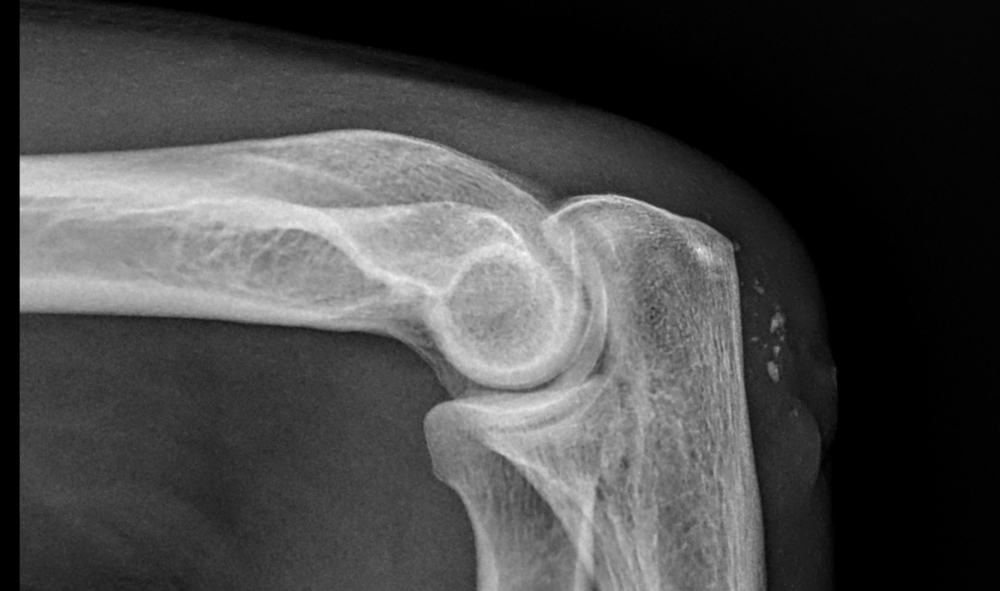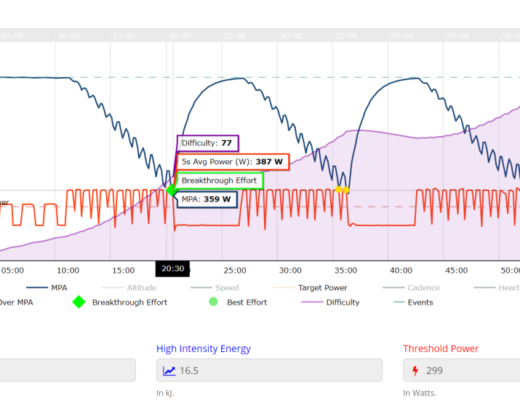Like a lot of people, I track my resting heart rate (RHR) as an indicator of training stress. It’s hard to know whether to CRUSH IT, take a rest day, or get in the space between otherwise. It’s a real number that provides insight into what’s going on, well before I would otherwise notice.
With the worst of it over (hopefully), I thought it would be interesting to explore the impact crashing, getting an infection, and dealing with it had on this indicator. I find this kind of thing fascinating, even though the experience kind of sucked :).
The RHR numbers are all in the chart above, but it was hard to get enough information in there to make it useful on its own, so I’m going to attempt to provide enough context to make it useful. TLDR; getting injured is likely to be the most stressful thing I did this summer, and getting my fitness back after isn’t easy.
Since RHR is measured during that night’s sleep, the labels indicate what I think is the most strongly correlated event from the day leading up to the reported RHR. While this might be a little confusing if you were going to try to correlate the values to my Strava activities (not all exercise activities are labeled on the chart ;)), I think it’s more intuitive to look at it this way.
Also, it’s also worth pointing out that stress is a complex thing. It’s possible that I missed potential inputs due to confirmation bias, but the labels are an attempt to capture what I think is the most meaningful event influencing the subsequently measured RHR. Enough disclaiming.
The numbers to the left of the “Crash” are presented to provide context, both to illustrate what was “normal” for me, and to show the usual impact of larger efforts. Looking at the two mentionable events, it’s worth pointing out that I’m not comfortable drafting in COVID times, so even though Strava marks the two rides as group rides, they were effectively solo efforts that I happened to do at the same time as my friends.
Things get more interesting moving to the right of “Crash”. It doesn’t look like the crash injury (I tore a hole in my elbow, 13 stitches to put it back together) was all that traumatic from a system perspective, and perceptionally I would agree. While it wasn’t comfortable for the couple days after, it felt like an inconvenience more than anything serious.
Things changed rapidly starting on day three. Interestingly enough, when I went in for the scheduled wound check that morning, while I didn’t feel great, I wasn’t worried at all. There definitely was some swelling and my forearm wasn’t looking healthy, but I was surprised when the medical staff were very concerned, and all the antibiotics came out. In retrospect, this probably says more about my ability to be in denial than anything else :). First time getting a shot in the thigh.
I had to come back the next day, and even if we hadn’t arranged that previously, I would have. When I had to move my watch to my other arm because it was acting as a tourniquet, it was a lot harder to pretend that there wasn’t a larger problem. The elbow was also starting to smell, and it looked like a classic infected wound. You know the kind you see in a movie, with all the maggots? Just like that, but minus the maggots. “ER” was mentioned a couple times that visit, but they just ended up reshuffling the antibiotics again (got a couple new prescriptions, in large-animal dosages), and another antibiotic injection; sitting down was uncomfortable for a few hours.

While I was there, they decided to get another round of X-rays on the elbow to make sure that it wasn’t broken/chipped/whatever, and the cause of the infection was found! Gravel in the elbow. While I would like to blame the urgent care team that cleaned it for not doing a good enough job, given the state of the wound when I walked in the door, that wouldn’t be fair. It was a mess.
The solution was surgery (I&D for the medical folks, IIRC). Go in there, cut out all the nasty bits, and clean out the gravel/unwanted intruders.
What fascinates me the most about how this unfolded wasn’t just the impact of the stresses of injury, infection, and a parade of antibiotics, but the likely relationship between those things and how well I slept as a result. I didn’t include sleep data on the graph to keep it clean, but I can unequivocally state that I slept poorly as the infection ramped up, and especially poorly when I stopped taking the post-op pain medication at night (I didn’t take it during the day).
Another interesting observation/guess, is that there’s an easily absorbable amount of training stress that can be introduced without triggering a noteworthy change in RHR. But my capacity for training stress shrinks rapidly. As post-operative training stress was introduced, perhaps at too quick a rate, RHR reacted strongly. This was apparent both after back-to-back-to-back low impact rides while still recovering (and not really supposed to be exercising), and after layering on intensity after getting the green light to sweat again (gotta get that fitness back somehow).
Both outputs should probably have been obvious, but it’s not something that I’ve really had the opportunity to measure and reflect on before. The injury which took me off the bike didn’t cause any mechanical problems (i.e. no broken bones, torn muscles, etc), so it was possible get back on without the need to really ease back in, allowing me to observe the impact of stress in a really neat way. Certainly learned some interesting things, but its not an experiment that I’m in a hurry to repeat


